What are the best sweeteners for the keto diet? Check out this comprehensive guide to baking with sugar substitutes, and learn how to get the taste and texture you crave!
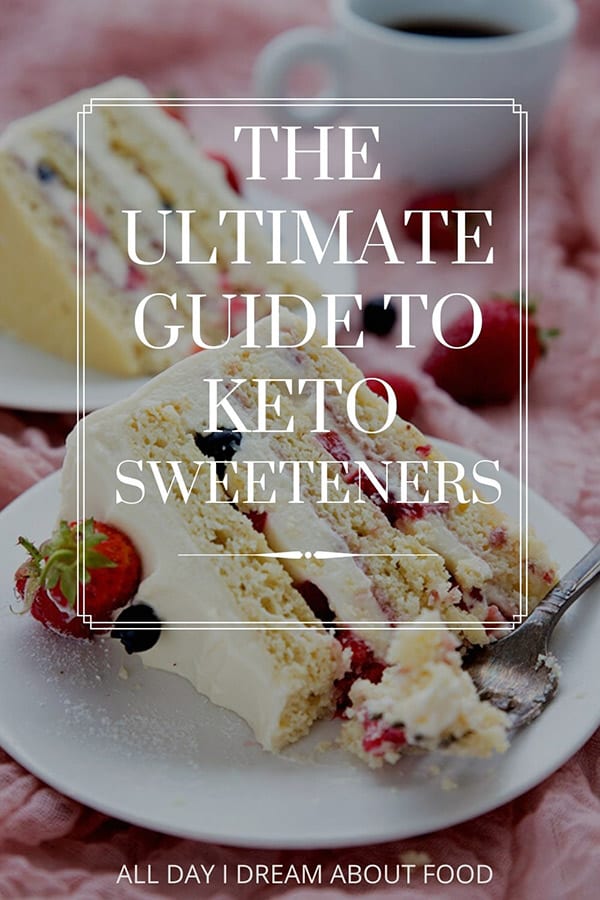
Today, my keto friends, I am imparting some of my vital knowledge and deep wisdom about using keto sweeteners. We will discuss all of their pros and cons, and how they affect the outcome of your keto desserts.
In advance of the holiday baking season, I figured you could put this information to good use. Because if you’re anything like me, you like to get an early jump on your keto holiday cookies!
This is actually an abridged version of the in-depth keto sweetener section in my book, The Ultimate Guide to Keto Baking. I think you will find it very informative.

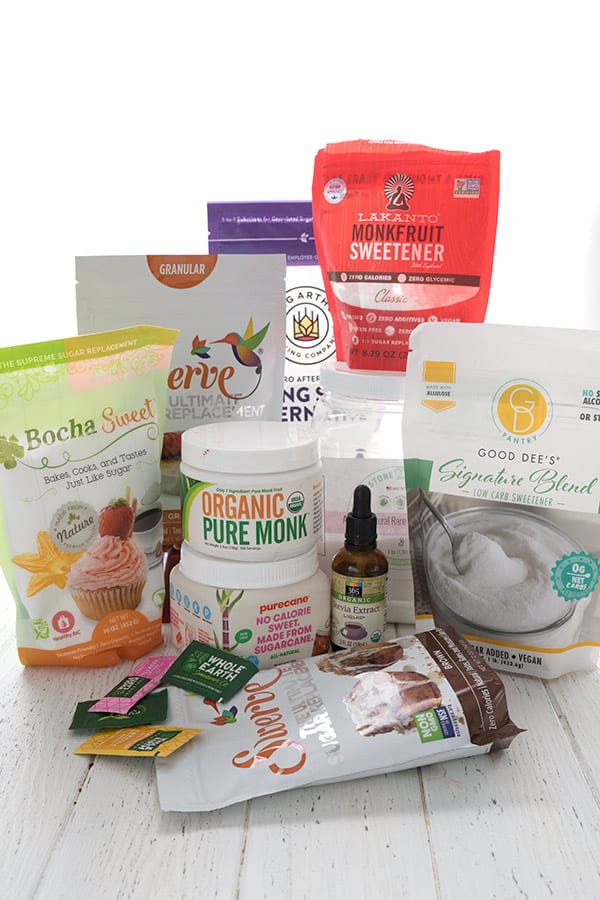
What is the best keto sweetener?
I’m sorry, I simply cannot answer that for you.
I’m not being willful or stubborn, or deliberately withholding information. It’s simply that there is no such thing. Yes, you read that right – there is no such thing as the best keto sweetener.
Here’s why: Everyone experiences these sugar substitutes differently. It’s almost as individual as the individual themselves.
- Some people experience an unpleasant aftertaste with one and not another.
- Some people suffer from GI issues or headaches when consuming certain sweeteners.
- Some people see a blood sugar rise when other people do not.
- Some people may even experience an allergic reaction to certain sweeteners.
With the sugar substitutes market constantly expanding and changing, it’s much more about finding what sweeteners work best FOR YOU.
What are the best sweeteners for keto baking?
Ah, now we’re on to something. This is my territory and one that I have researched extensively. I have experimented with a wide array of sugar substitutes and I can tell you straight up that none of them behaves exactly like sugar.
They all have very different properties and the sweetener(s) you choose will impact the outcome of your recipes. The trick is to understand their different attributes and use them to advantage.
Consider the final product before choosing your sugar substitutes. What are you trying to make? What consistency are you trying to achieve? Do you want it crisp or soft? Chewy or cakey? Should it be gooey or firm?
Most of the popular brands on the market are actually blends of two or more keto sweeteners. For simplicity’s sake, I am going to break them down into their main ingredients.
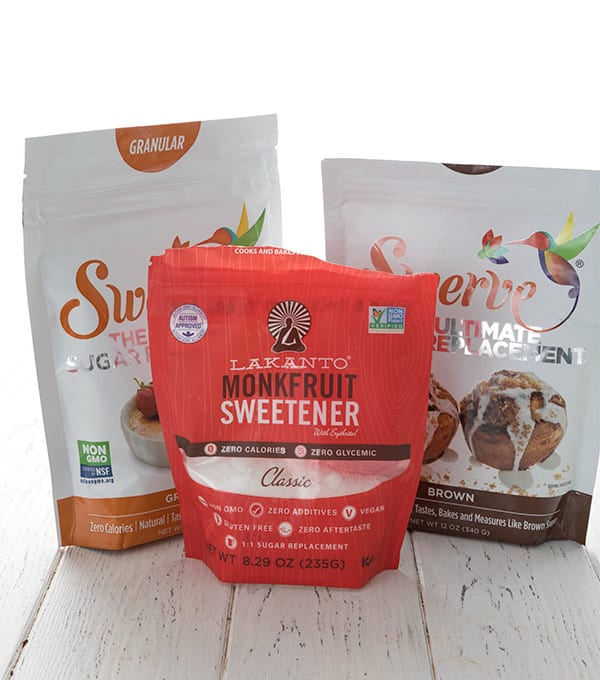
Erythritol
What is it?
Erythritol is a sugar alcohol (polyol) that is naturally present in some fruits and fermented foods. For mass production, it is made by fermenting a glucose syrup with enzymes.
It is unique among sugar alcohols in that it has zero carb impact. Our bodies simply do not recognize it as a carb so it does not impact blood sugar at all. And unlike many sugar alcohols, it does not cause gastrointestinal issues for most people.
How does it work?
Similar to sugar:
– Erythritol mimics sugar in its crystalline structure, so it helps whip air into butter and egg whites.
– It also browns and crisps up nicely and it can even be coaxed into caramelizing.
Differs from sugar:
– It’s only 70% as sweet as sugar, which is why most brands combine it with other sweeteners, to make it measure cup for cup.
– It’s non-hygroscopic, meaning that unlike sugar, it does not attract or hold onto moisture, which can cause baked goods to be dry and crumbly if they don’t have enough fat.
– It can re-crystallize as it cools, particularly in liquid applications like sauces, custards, and ice cream.
– Some people experience a mouth-cooling sensation, similar to sucking on a mint. Not everyone experiences this, and often mixing it with other sweeteners eliminates this sensation.
Major Brand Names: Swerve, Lakanto (this is mostly erythritol… do not be fooled by the fact that it calls itself a “monk fruit sweetener”), So Nourished, ZSweet.
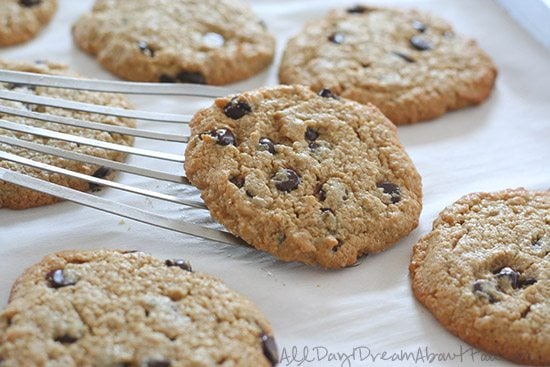
Xylitol
What is it?
Xylitol is also a sugar alcohol found in some fruits and vegetables, as well as in wood and corn. It is usually manufactured commercially from corn or birch trees.
Some, but not all, xylitol is absorbed by the intestines into the bloodstream. This means it can cause some gastrointestinal discomfort when consumed in large amounts. It can also have an impact on blood sugar.
WARNING! The biggest issue with xylitol is that it is highly toxic to dogs.
How does it work?
Similar to sugar:
– It has a crystalline structure so it can whip air bubbles into butter and egg whites. It’s also as sweet as sugar.
– It’s more hygroscopic than erythritol so it attracts moisture and it doesn’t re-crystallize as it cools. Xylitol is great for ice creams and sauces to keep them soft.
Differs from sugar:
– Xylitol doesn’t caramelize or crisp up very well. This can cause problems for baked goods that need a crisp texture, like many keto cookies. They will turn out much more cakey and soft if you use xylitol.
– Definitely do NOT use for meringue, as it will stay gooey and soft, and won’t come off the parchment paper.
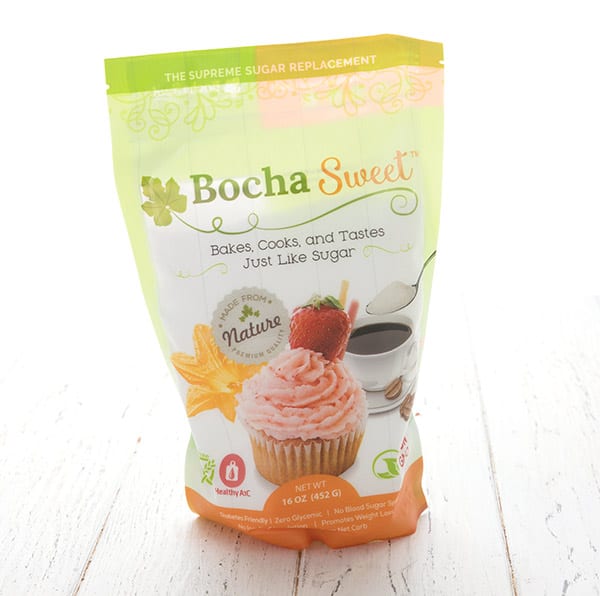
BochaSweet
What is it?
BochaSweet is the brand name of a unique sweetener derived from the kabocha squash, a type of winter squash also know as Japanese pumpkin.
Like erythritol, it seems to have little to no impact on most people’s blood sugar. But like xylitol, it can cause some gastrointestinal upset when consumed in large quantities.
In many ways, BochaSweet functions a lot like xylitol (they are both pentose sweeteners), but it does not appear to be toxic to household pets.
How does it work?
Similar to sugar:
– BochaSweet is as sweet as sugar and so can be used as a cup-for-cup replacement, without an apparent aftertaste.
– It is more hygroscopic and doesn’t re-crystallize so it’s great in sauces, custards, and ice creams. (I have started using it in combination with Swerve in all of my keto ice cream… they stay scoopable even straight from the freezer!).
Differs from sugar:
– Just like xylitol, BochaSweet will not crisp up or brown very well. Cookies end up soft and cakey, and meringues are so gooey that they won’t come off the paper.
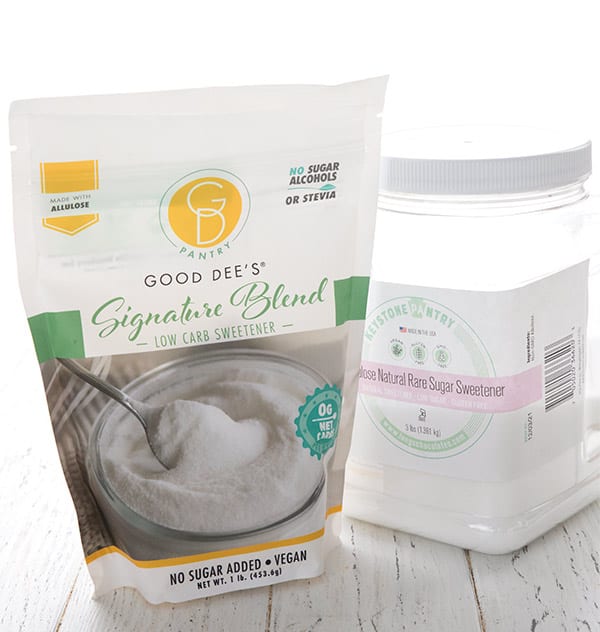
Allulose
What is it?
Allulose is a relative newcomer on the sugar alternative scene and has become incredibly popular. It is a monosaccharide, which means it really is a “sugar”, but one that our bodies don’t treat like a sugar or a carb. It is largely excreted without ever affecting blood glucose levels.
However, I caution you from personal experience that large amounts can cause serious GI distress. Many people don’t seem to suffer from this, but some of us do and it’s…not fun.
So it’s worth testing on yourself in small amounts and building up from there.
How does it work?
Similar to sugar:
– Allulose caramelizes nicely and tends to be hygroscopic, keeping sauces and ice creams soft, and baked goods tender.
Differs from sugar:
– Allulose is only 70% as sweet, which means you need more to sweeten your desserts.
– While it caramelizes well, it doesn’t crisp up well and baked goods tend to be soft and cakey. Even just a little allulose, in combination with other sweeteners, can prevent your cookies from becoming crisp.
– It can over-brown the outside of baked goods, especially the parts that are touching the sides of the pan. Cakes can have a dark, almost burnt appearance, although they aren’t over-cooked.
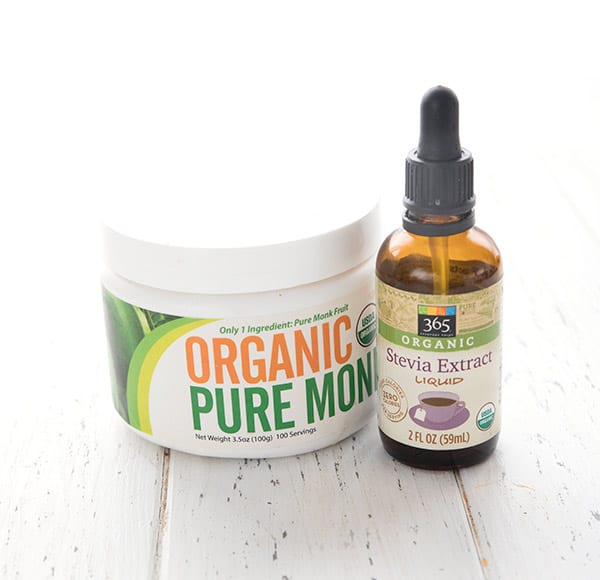
Stevia and Monk Fruit
I am lumping these two together because they have many similar properties and behave much the same way.
What are they?
Both stevia and monkfruit are naturally derived, plant-based sweeteners that are hundreds of times sweeter than sugar. Because they are extremely concentrated, a tiny amount can sweeten a whole recipe.
While that may sound like a good thing, it can have major implications for your keto baked goods. Read on…
How do they work?
Concentrated sweeteners like these have no “bulk” – they have little in the way of weight or volume so they don’t add much to your recipe other than sweetness. They can’t contribute anything to texture or consistency, and they don’t caramelize, crisp, or brown your baked goods.
Bulk is an important factor in anything from cupcakes to frosting. Substituting a non-bulk sweetener means your keto treats may not rise properly, may be more fragile, and may not set properly.
“Monk fruit sweetener”
Please be aware that many brands that bill themselves as “monk fruit sweetener” are actually mostly erythritol. The main ingredient is erythritol, with a little monk fruit to make it sweeter. This means that the sweetener will behave mostly like erythritol.
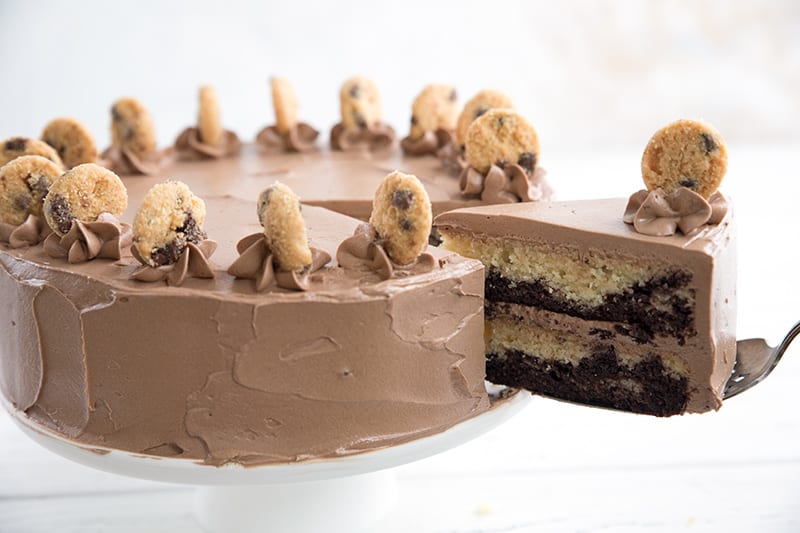
How to use sugar substitutes
I’ve thrown a ton of information at you and I know it’s hard to digest it all. I do this for a living and still I have times when a certain sweetener doesn’t behave the way I think it should. But here’s a quick cheat sheet on what to use when:
Want crisp keto cookies? Use erythritol based sweeteners like Swerve, Lakanto, or So Nourished. Other options will make your cookies soft and cakey. I highly recommend Swerve Brown for the best brown sugar substitute for cookies!
Making a keto cake recipe? Use any sweetener that has bulk (erythritol, BochaSweet, xylitol or allulose), but do be forewarned that some are not quite as sweet as sugar and you may need more of them.
Making a keto frosting? You need a bulk powdered sweetener to give your frosting structure. Erythritol, xylitol, and BochaSweet all have confectioners (powdered) versions. Allulose may as well but I am unsure of brands.
Want a gooey consistency? Try using BochaSweet or allulose, or combine it with another erythritol based sweetener. This combo is perfect for things like keto caramel sauce or my keto pecan pie.
Want keto ice cream that stays scoopable for days? My recommendation is half Swerve and half BochaSweet or allulose. Using only erythritol based sweeteners makes your ice cream rock hard, and all BochaSweet makes it too soft (it stays like soft serve!).
Just trying to sweeten your coffee? Use whatever you like best. They all work well if you don’t need a certain consistency so this is a matter of personal preference.
Still have questions?
Leave a comment and I will do my best to answer!
Adding to the confusion is that many brands on the market are blends of the keto sweeteners I outlined above. Blending sugar substitutes can maximize their sweetness and reduce potential aftertastes.
But I’ve tried such a wide array of sweeteners, I have a good idea of how most of them work. I can also take an educated guess based on the ingredients list. So drop me a line and I will give you all the information I can.

Free Bonus: Secrets to Keto Baking!
Sign up for your favorite recipes delivered straight to your inbox plus get our FREE bonus: Secrets to Keto Baking!

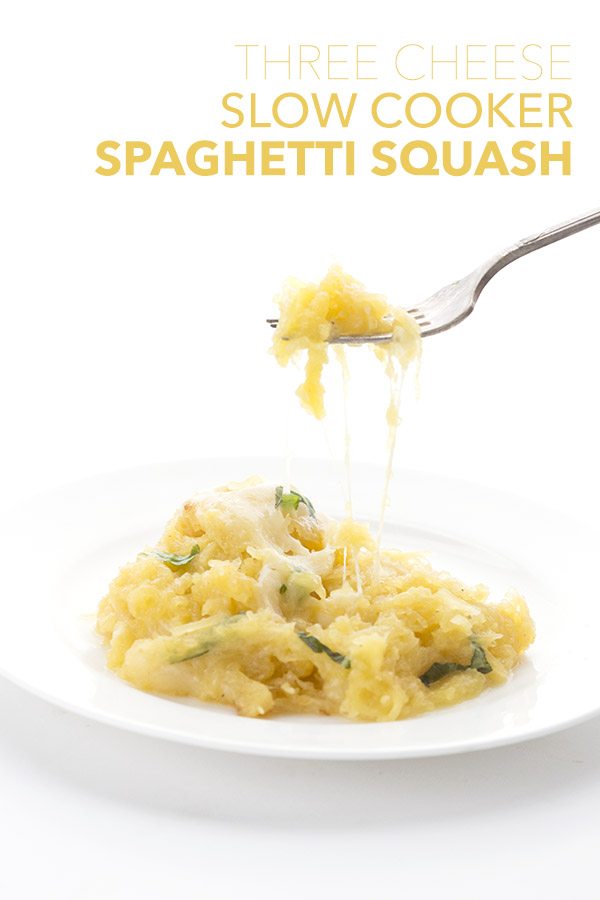
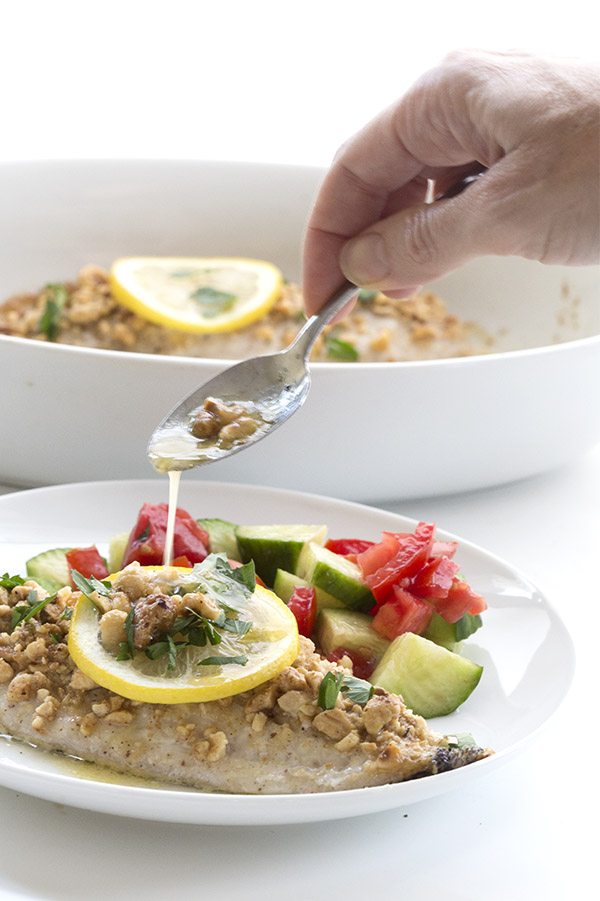
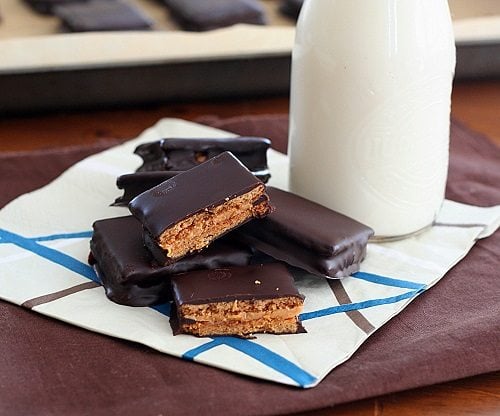

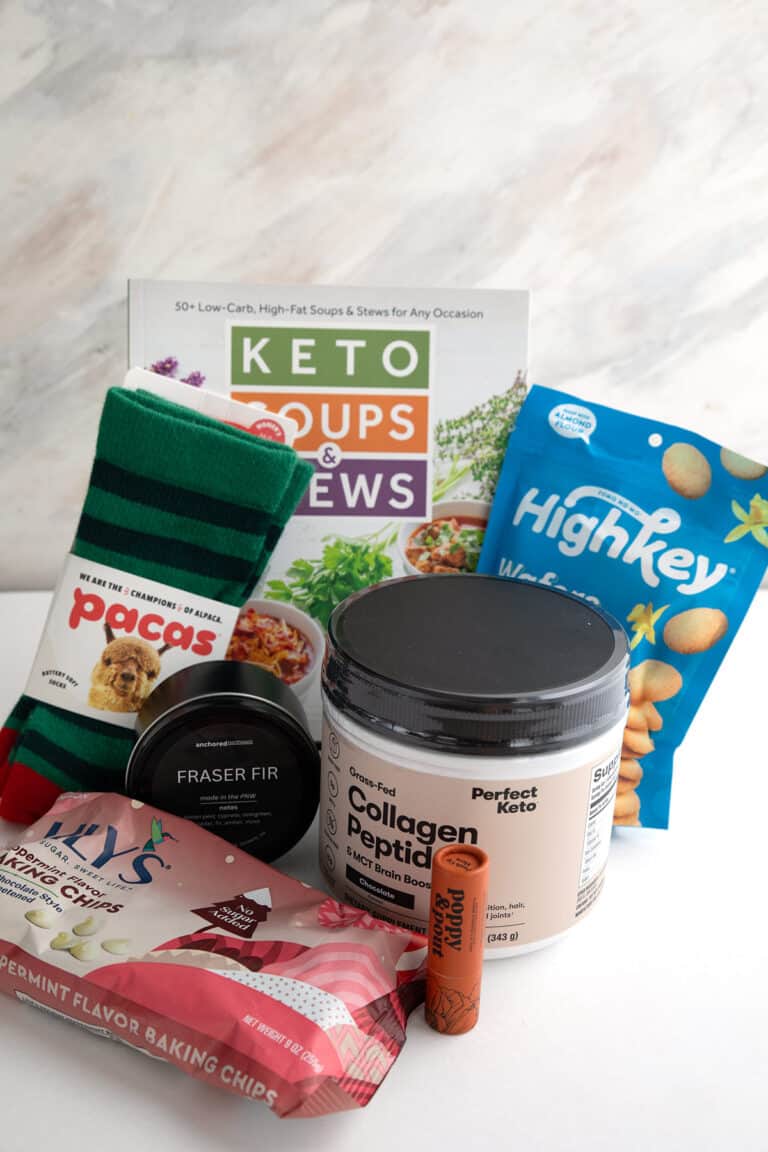










Just a side comment about allulose. Dr. Peter Attia is a big fan of keto and on his blog, he mentioned that allulose actually LOWERS blood sugar, which could be potentially a big help for diabetics.
I’ve actually found that too, that it lowers my blood sugar a bit. Not a ton, not in a scary way…
Thank you so much for all the information about sugar subs. I’m going to save it in a separate file on my “notes” app on my iPad for easy access.
Bocha and Alulose haven’t been approved by health Canada yet. What do you recommend for ice cream and caramel sauce for us up north?
Great info!! Going to make pistachio ice cream with allulose. I love allulose, it has actually helped to normalize my intestinal function after having to take expensive medications for years.
Question: Is there a difference between liquid stevia drops and stevia glycerine drops? I don’t see it specified in recipes. I’ve been experimenting by adding a few stevia glycerine drops in combination with allulose to “boost” the sweetness level of the allulose.
The two kinds of stevia are pretty much interchangeable and don’t really affect the outcome of the recipe. Depends really more on the amount of sweetness you want.
Looking to make fruit syrup my last batch crystallized as well made a batch of cranberry sauce same thing. What would be the best touse? I also have monk fruit powder that is brown not quite sure how yo use it.
Thankyou
A mix of Erythritol and one of the others that doesn’t re-crystallize. Please read the blog post to choose.
Thank you very much for the information. It is very helpful. What about combining in a recipe erythritol with stevia and/or monk fruit instead of any of the others? If that is possible, how would you know how much of each?
As i think it’s clear from the whole post… it depends on the recipe. Combining sweeteners can be very effective but it totally depends on what you want to make.
Would you consider adding a print option like you do your recipes? I would love to have a paper copy to refer to and make notes. Thank you for sharing this awesome information with us.
There isn’t a way to do that with a huge article like this that isn’t in a recipe card. It is, however, all in my baking cookbook. WAY more tips and tricks in there too!
I’m thinking life would be so much easier if you opened a shop and I could buy all of your recipes without ever having to attempt my disasterous creations. Lol Thank you so very much for all you do and sharing your knowledge.
I struggle with sweeteners – 100% erythritol gives me a headache. My cupboard has almost every brand of sweetener available. I have recently started using Pyure and it does not have the same effect as Swerve, Lakanto, Allulose, etc. What is it best used for?
I use half xylitol and half Swerve for my ice cream. It is soft enough to scoop, but firmer than frozen custard. It took several batches to come u with the best ratio. Will have to try Bocha Sweet. I’d never heard of that.
WOULD YOU RECOMMEND ERYTHRITOL FOR CREME BRULEE TOPPING?
wOULD YOU RECOMMEND XYLITOL FOR THE CUSTARD?
Erythritol is the only thing that will caramelize and crisp for creme brûlée. Use what you like best in the custard itself.
Have you tried King Arthur’s Baking Sugar Alternative yet? I saw your previous post about their new flour so I was hoping you were going to review this too! I have a bag sitting here but have held off on trying it as it’s pretty expensive.
I have GI distress even with erythritol – I have a very sensitive stomach. I have been afraid to even try allulose or xylitol as I’m not sure what those would do to me. I tolerate stevia and monk fruit well but as you said those do not do well for baking. Is there a blend that has mostly monk fruit or stevia and just a little erythritol? Or do you have any other suggestions? I’m kind of at a loss for what to try so mainly I just don’t get to eat desserts, which is a sad situation!
Hi Carolyn,
This write up was so helpful – thank you! I recently made your Samoa recipe with 1/4 cup Swerve Brown, and 1/4 cup Allulose in the Carmel coconut layer. It didn’t set up well at all. Is it because I used allulose instead of boca sweet?
I’d greatly appreciate your help!
Trish
Yes, with allulose you may need to cook it more to get that thicker consistency.
Thank you Carolyn for all this great info. I think you may have covered this in a cookbook, which was so helpful too. You’re so right about how all of these affect everyone differently. It’s not unusual for me to use 3 different sweeteners in a recipe to get it where I am happy. I know there’s no way you can mention every single brand, but, personally, I’ve had great success with all of the Sukrin sugars. As well as the flavored liquid stevia’s and the newer Swoon, which I love using for making margaritas!! You’re dedication to developing recipes and testing all the alternatives is astounding. Thank you!
Sukrin is mostly erythritol, for the granular. So it’s really no different than using other erythritol sweeteners, but as long as you like it!
Hi, great info!, like Kim from the comment above, I wish you had a printable version of this info, I know you have a book, but money is tight right now for me & so many other families right now, it would be so awesome if you had a printable version, love your recipes!.
Thanks for the refresher on sweeteners Carolyn!
I always refer to your in-depth version in your cookbook and it makes a huge difference in my baking.
I love the recipes you have created and your explanations as to why things work. (or not). Your dedication to creating Keto recipes has helped many including myself lose weight and live a healthy lifestyle. Happy Valentine’s Day Carolyn and thanks again for making our lives “sweeter”!!!!
I’ve been doing low carb since 2003, and this is the best analysis of the different properties of sweeteners and how they behave in cooking and baking that I have ever seen! Thank you.
Just curious to know if you have done anything with isomalt? I bought some to do a little project with my granddaughters, making “sugar” sculptures, and saw that it has almost no glycemic effect, no calories, and is excreted almost completely intact without being digested. Ideas?
Well, everyone responds to sweeteners differently but many diabetics, myself included, spike with isomalt syrups. So I personally don’t use it.
The low carb community got all excited about the syrups about a few years ago and thought they were going to be good for diabetics, but that wasn’t to be.
Isomalt by itself doesn’t seem so bad: “The glycemic index (GI) of isomalt is 9. For comparison, sugar has a GI of 70. At the same time, the insulin index of isomalt is 6, and sugar is 43”
https://www.thelionhealth.com/isomalt-sugar/
However, the syrups made by combining it with oligosaccharides (isomalto oligosaccharides, like Fiber Yum and VitaFiber have a glycemic index > 34
https://www.ncbi.nlm.nih.gov/pmc/articles/PMC5872719/
I have a bag of isomalt that I bought to experiment with making fancy “sugar sculptures” with my grand kids. I have yet to try it for myself as a sweetener, but I might do an experiment and test my blood sugar. I know I can’t do the isomalto-oligosaccharide syrups, but isomalt seems to be a different animal by itself.
But there are now some good allulose syrups that I like! I got rid of the isomalt ones too. Too risky for my blood sugar.
totally agree about the allulose syrup! That’s my go-to right now. I’ll do some experiments with crystalized isomalt separately with my grand kids and get back to the discussion after testing my blood sugar. Thanks for all of your experiments and feedback!
Wondering about the allulose that I bought. One looked just like sugar and the other was a liquid. Not really sure how to use the liquid. Is it concentrated like stevia powder?
Thanks for your help on this.
Hi! What a great explanation — I have been struggling with different sweetners, trying to nail down the “right” one and getting a bit frustrated. Up until now, I’ve been using Lakanto Monk Fruit Blend (basically erythritol I guess) and finding after making curds, it crystallizes and tastes crunchy and grainy. I’ve also tried the liquid monk fruit drop but not too keen on the taste. Recently I found Swerve powdered erythritol and hoping that will prevent the crystallization after cooling takes place in my curds. I used Swerve powder in my unsweetened chocolate sauce and seemed to work better (i.e. no crystalization).
I’m curious to know what you would recommend as the ideal sweetner for curds and fruit compotes? I want the sweet taste and structure in tact but no graininess. Help please!
The best thing you can do is a mix of Swerve powdered and either BochaSweet or allulose.
Thank you for your quick response! I have yet to try the BochaSweet but have heard great things about it. Will give it a go.